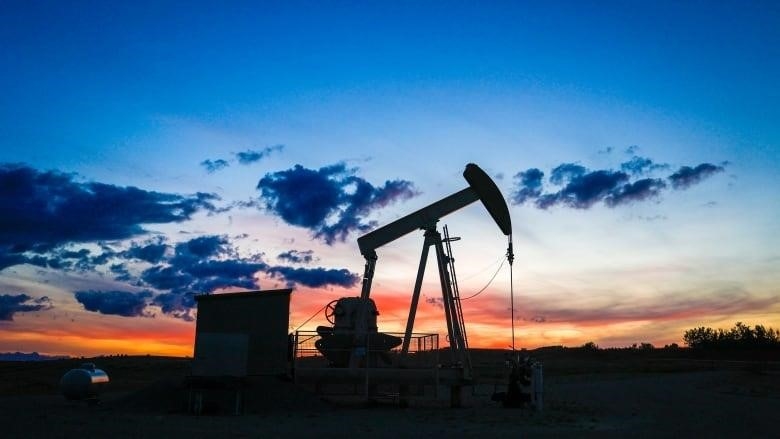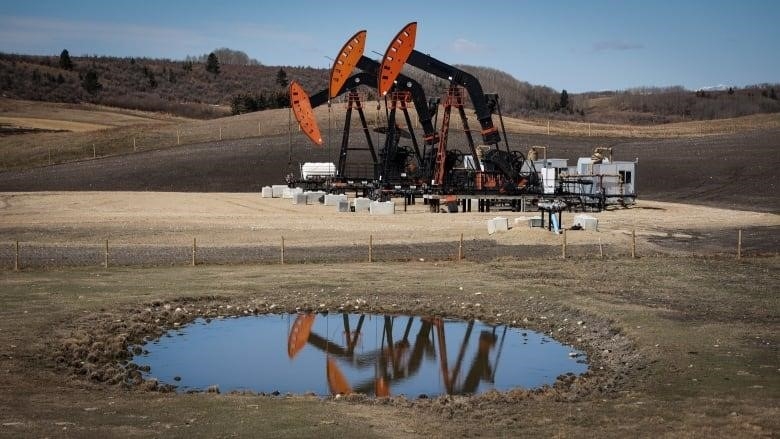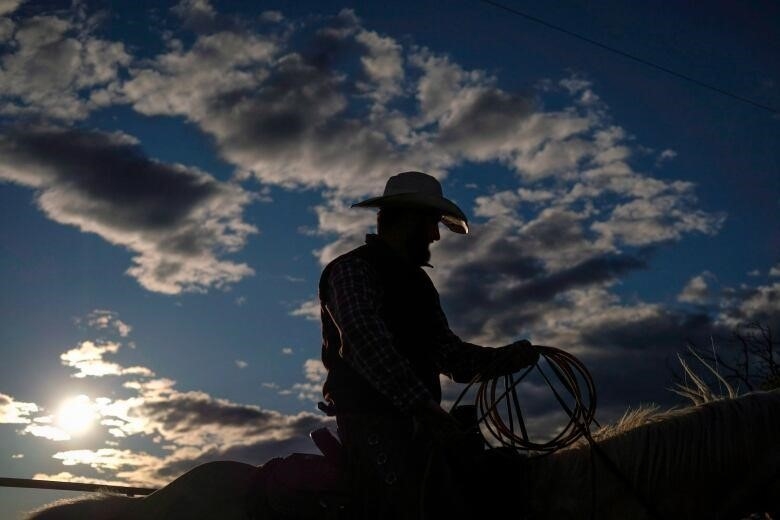
25 charges against a company that was auditing carbon offsets show how hard it is to regulate
For the first time ever, a Canadian province has filed criminal charges against a business for giving false information about carbon offsets, according to a spokesperson for Alberta’s Environment Ministry. This shows that companies in a complicated, rapidly growing industry worth hundreds of millions of dollars each year sometimes do things that aren’t clear.
Carbon offsets are bought and sold through a trading system. To get companies to fight climate change, governments put a price on carbon dioxide emissions.
Since 2007, oil and gas companies, landfills, and food processing companies that put out a lot of carbon dioxide have had to buy carbon offsets. If they make more than their allotted amount of carbon dioxide, they have to buy credits to make up for it.The credits are made by companies that do things like build wind farms or put up solar panels to reduce their carbon footprint. Third-party auditors check the credits to make sure they are correct.The Alberta lawsuit is about how one of these third-party verifiers should work.
Alberta and Canada are putting a lot of money on carbon offsets as a way to fight global warming, but the criminal case shows how hard it is to check if emission reductions are real.
“These are the first charges related to the Emissions Management and Climate Resilience Act,” said Tom McMillan, director of communications for Alberta Environment and Protected Areas. Alberta has the longest-running carbon trading system in North America, he said.
McMillan said that under Alberta’s offset rules, big polluters had to pay $548 million in compliance payments in 2020 alone.
He pointed out that the federal government and other provinces are using Alberta’s carbon trading system as a model for their own. This means that the legal action affects more than just the oil-rich province.
Carbon offsets: a way to help the environment or a “dangerous distraction”?
Janetta McKenzie, who is in charge of the oil and gas team at the non-profit Pembina Institute, which does research on clean energy, said that Alberta’s carbon offset trading system doesn’t seem to have a lot of fraud or other problems.
“But it’s very important that these systems give us good data, that we keep track of these offsets, and that they are extra and can be checked,” she said.
Since carbon markets are “very complex” and “kind of opaque,” it is important to reduce climate change, said McKenzie, who generally supports the strategy, to have clear rules for verifying offsets.
25 charges filed 
Alberta’s Ministry of Environment and Protected Areas filed 25 charges against an environmental services company called Amberg Corp. and an individual named Olga Kiiker for not following environmental laws.A statement from June 23 says.
The charges, which were brought to the Alberta Court of Justice in Calgary, include giving false information, acting as a third-party assurance provider without having the right qualifications, and breaking other rules about auditing and verifying carbon offsets.court records.

A statement from Alberta’s Environment Ministry says that the next court date is set for July 19. In court, none of the charges have been proven.
Amberg didn’t answer the phone when people called to get her opinion. The company’s website no longer works, and emails sent to executives were sent back to the sender.
The company offers verification services that are similar to what an auditing firm does for a company’s financial statements, but for carbon emissions.
Simply put, if a business says it has made 10 tonnes of carbon offsets, such as by building a wind farm or reducing the amount of fertilizer used on farms, someone needs to check if those offsets are real and can be sold on the market.
These auditors are an important part of the system for regulating carbon offsets because they make sure that “credit generation is accurate,” as McMillan put it.
Discussions about how well offsets wor
If a verification company is giving false or misleading information about emissions reductions, as the province says Amberg has, then the carbon trading system as a whole is broken.
At the moment, a ton of carbon dioxide costs $65 in Alberta. As part of a deal between the provincial and federal governments, this will more than double to $170 per tonne by 2030.
Supporters of carbon offsets think that putting a price on emissions will make companies more likely to use conservation or new technologies to cut down on pollution.
WATCH | El Nio and global warming could make 2023 the hottest year ever recorded:
Critics say that carbon trading gives consumers and businesses the feeling that they are making a difference, but doesn’t do much to stop global warming.
There are several different carbon trading systems in Canada. These include the mandatory reductions compliance system in Alberta, voluntary carbon offsets, like when a person buys carbon credits after taking a long-distance flight, and a carbon trading system between Quebec and California.
A spokesperson for Environment and Climate Change Canada said that the federal offset system began last year and that the first offset credits are likely to be available in 2024.
Calls for market oversigh
Graham Gilchrist works right in the middle of the carbon offset trading business. He is an agronomist in Leduc, Alberta. He is an expert in the science of managing soil and growing crops. He advises farmers on how to reduce emissions so they can get carbon credits that they can sell.
Among other things, he helps ranchers change what they feed their cows. Gilchrist said that different diets for cows can make them burp less, which means they release less climate-changing methane gas over their lifetime.
WATCH | Alberta college gives farmers information about greenhouse gases:
His non-profit organization, Biological Carbon Canada, is also working on a project to change how fertilizer is used so that more of the nitrogen farmers use on fields goes straight into the soil instead of into the air and making climate change worse.
Farmers who do these projects and have them checked by an independent third party auditor to make sure they are scientifically sound can make carbon offsets, which they can then sell to big polluters. In an ideal world, this would put money back into the pockets of people living in rural areas and reduce pollution at the same time.
Gilchrist thinks that farmers in Alberta have made about $180 million since 2007 by selling emissions credits to middlemen called “aggregators.” These middlemen then sell the credits to big polluters.

Gilchrist said that the charges against Amberg, a company that checks the legitimacy of carbon credits, show that there is a bigger problem with the way carbon trading works in Canada.
Even though he doesn’t like the idea of more “red tape” for farmers, the agronomist wants a federal regulator to be in charge of making sure the quality of offsets, instead of leaving it to third-party auditors.
In an ideal world, this would lead to national standardization. Buying a credit for one tonne of carbon anywhere in the country would come with a “made in Canada” stamp, showing that the emission reductions have been properly checked.
Authorities in Alberta, who are usually wary of federal control over the energy sector, seem to agree with this point of view.
McMillan from Alberta Environment said, “As the federal government and other jurisdictions implement regulations and programs that require third-party assurance, they will also have to provide oversight to make sure that those assurances can be trusted.”
